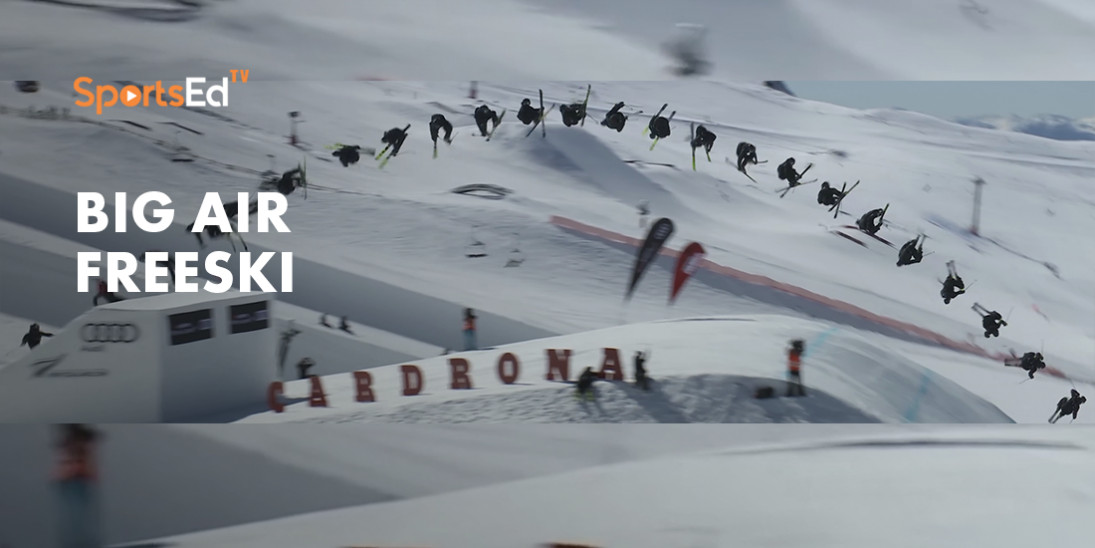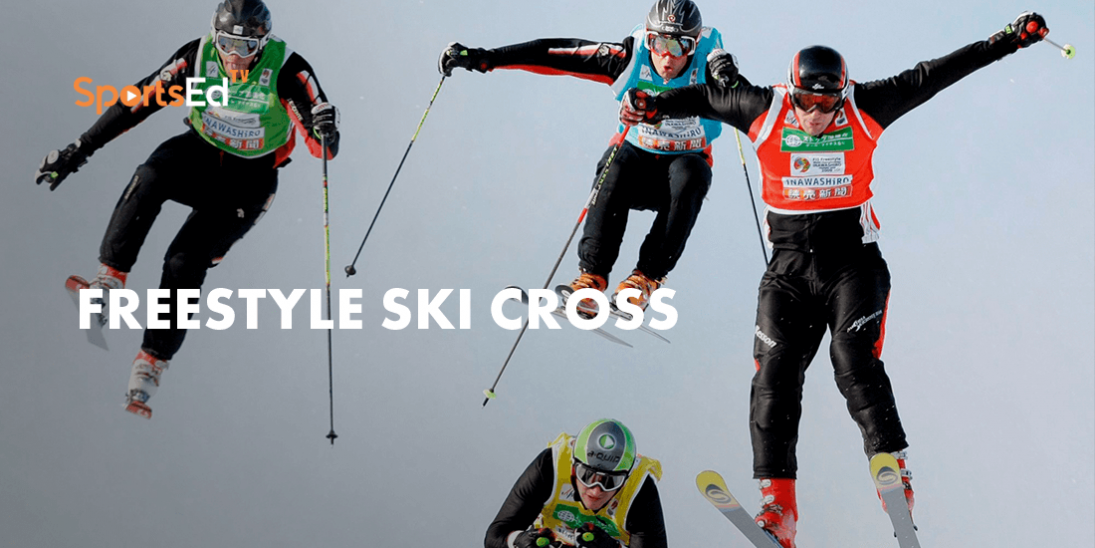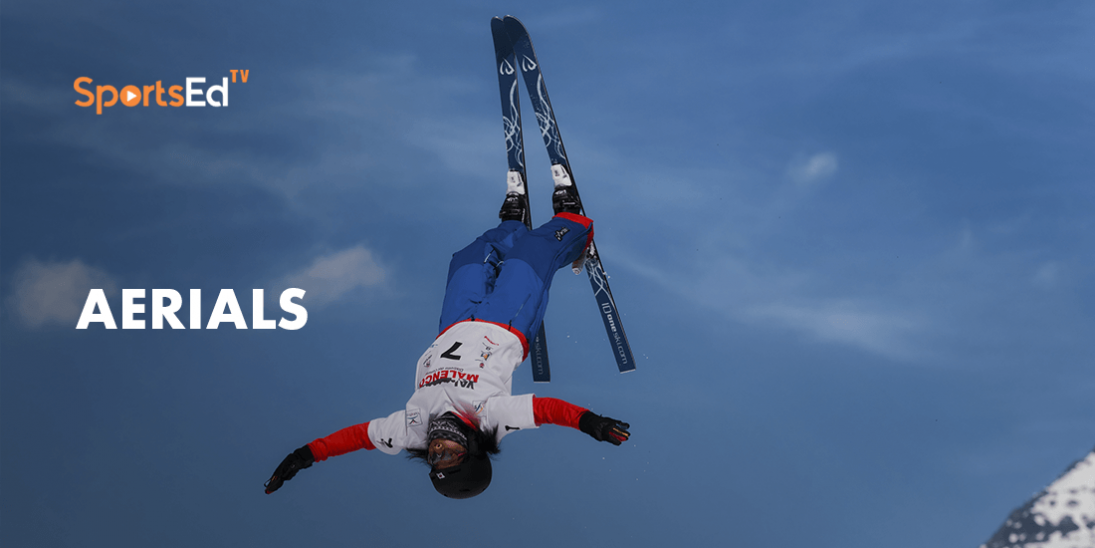Skiing
Welcome and thanks for visiting...

Basics of Moguls Competition
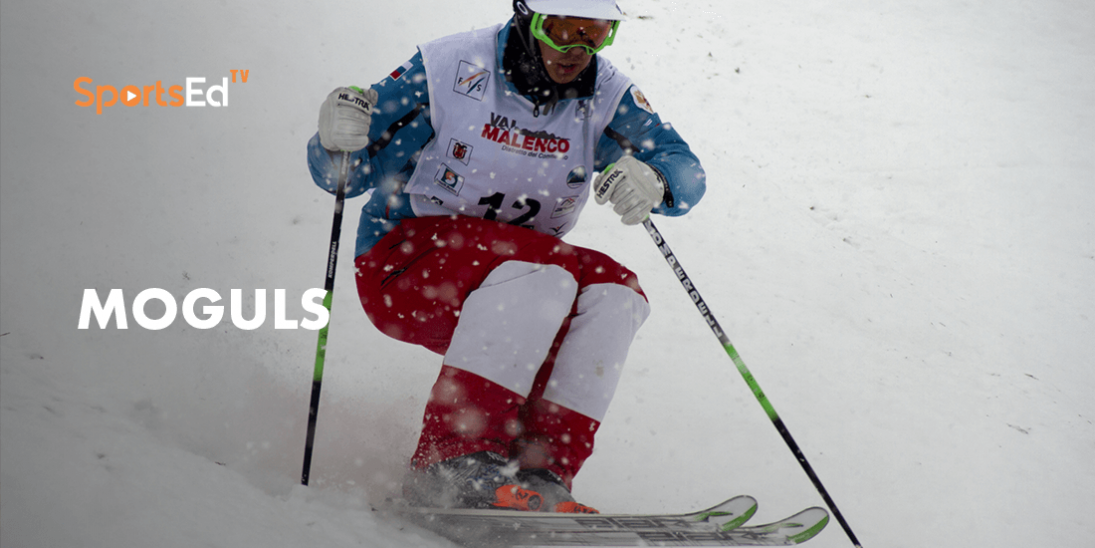
Mogul skiing requires exceptional skill and control. The 28 degree, 250 meter course is covered in snow bumps known as moguls and includes two jumps known as air bumps, where athletes must perform two different jumps.
Unlike skiing on a flat surface, moving too fast through the moguls increases the risk of a fall or even skiing off the course.
There are individual events for both men and women, and athletes are judged on the technical quality of their turns and jumps.
They're also awarded points four times. The maximum score is 100 with deductions for errors or falls. Turns refers to how well an athlete moves through the moguls. Judges evaluate turns based on a number of factors, including the use of the pole line, which is the imaginary line that follows the steepest gradient down the slope can't turn to when an athlete edges the skis through turns to control speed.
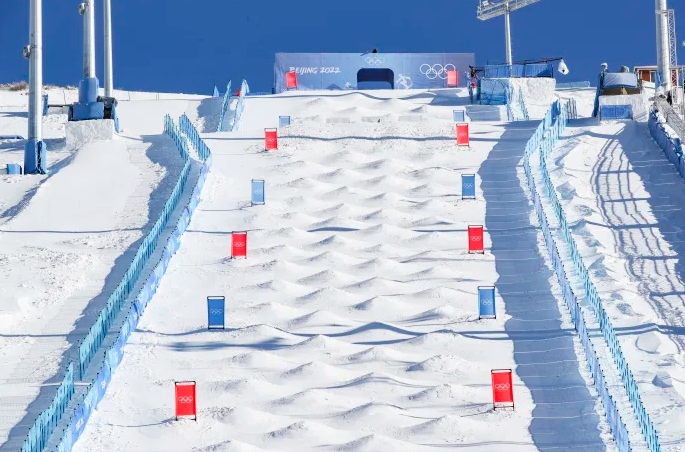
A well carved turn is where the tail of the ski follows precisely the track made by the ski tip. This limits skidding or lateral sliding during a run. An athlete makes continuous centrifugal contractions of the muscles to overcome the vertical reaction force on the ground caused by high speed and the steep, bumpy slope.
All this, while trying to remain balanced with legs together and good posture points can be deducted if an athlete's legs are not together with the inside leg of the trousers colored to allow judges to see if they are close together or not.
A jump is referred to as air in moguls and can include movements such as flips, loops and rotations and grabs. The transition from skiing to the jumps can be less than three meters, with the skier attempting to create as much speed as possible.
Heading into the jump, they adjust their body using sliding inertia to transform gravity into upward momentum and use the platform to take off and perform their aerial moves.
The success of the jump is also judged on a controlled landing.

